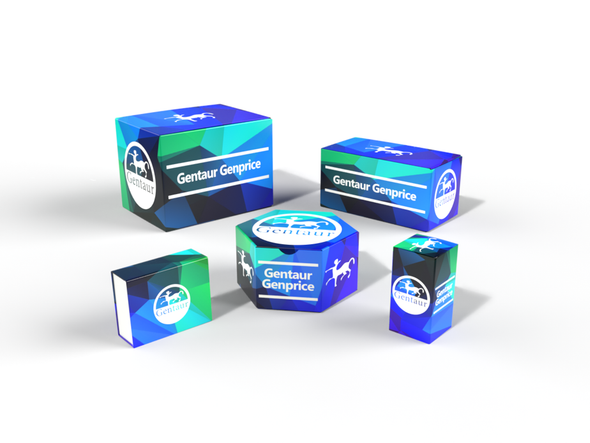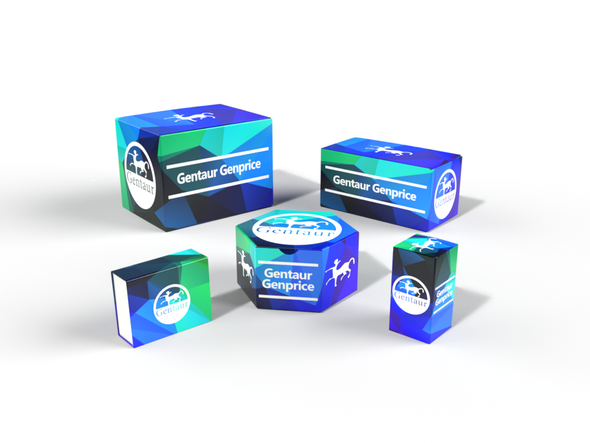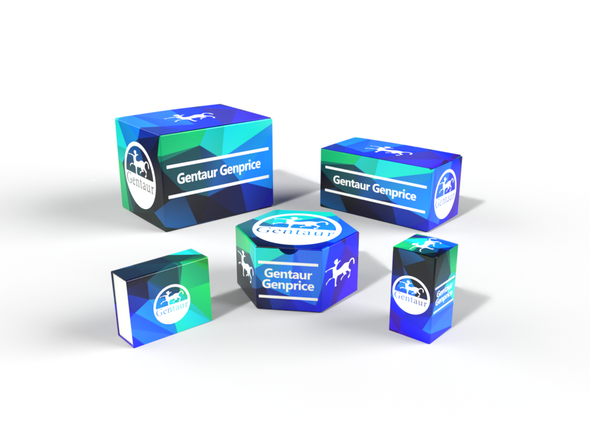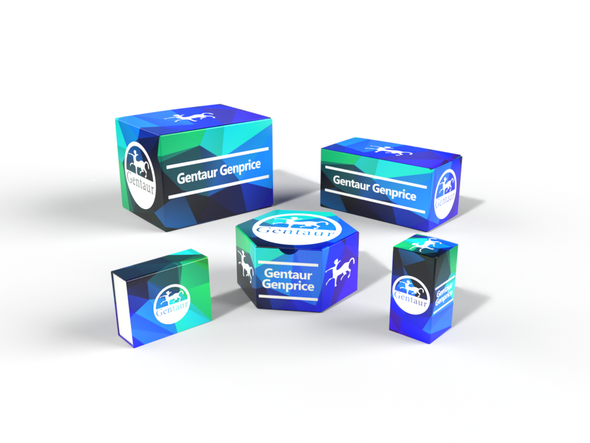552
HRP-conjugated Goat Anti-Human Apolipoprotein CII | ABMC-H08
- SKU:
- 552-H08-GEN
- Availability:
- IN STOCK
Description
HRP-conjugated Goat Anti-Human Apolipoprotein CII |H08
| Host Species: | Goat |
| Concentration: | 1 mg/ml (OD 1.35 / 280 nm) |
| Antigen: | Human Apolipoprotein CII |
| Purification: | Affinity purified |
| Buffer: | 50 mM PBS, 0.1 M NaCl, and 0.01% Thiomersal, pH 7.4. |
| Specificity | Specifically binds to human apo CII. Dilution for immunoblot and ELISA range: 1,000 to 4,000. |
| Use: | The antibody can be used for detection of apo CII in plasma and lipoproteins, immunoassays, immunoblots, enzyme conjugation, or biotinylation. |
| Storage: | -20°C for long-term storage, 4°C for short- term storage. Aliquot to avoid repeated freezing and thawing. |
| Form: | Freeze dried powder |
| Stabilizer: | 10 mg / ml Bovine Serum Albumin. |
| Reconstitution and Storage: | Freeze-dried product should be stored refrigerated until opened. After opening, restore to suggested ml volume with distilled water. If it is not completely clear after standing for 1-2 hours at room temperature, centrifuge the product. It is stable for several weeks at 4°C as an undiluted liquid. Do not use for more than one day after dilution. For extended storage after reconstitution, we suggest aliquot to avoid repeated freezing and thawing; or the addition of an equal volume of glycerol to make a final glycerol concentration of 50%, followed by storage at -20°C. The concentration of protein and buffer salts will decrease to one-half of the original after the addition of glycerol. |
*These products are for research or manufacturing use only, not for use in human therapeutic or diagnostic applications.
IMPORTANCE
Apo CII contains 78 amino acid residues. The m.w. is 8.5 kDa (Jackson et al., 1977).
The lipid-binding domain of Apo CII is localized to a region in the N-terminal with a strongly amphipathic nature (Macphee et al., 1999). Apo CII is also one of the key components of the metabolism of total triacylglycerol-rich lipoproteins by activating lipoprotein lipase that hydrolyzes fatty acids from triacylglycerols in chylomicrons (Kei et al., 2012).










